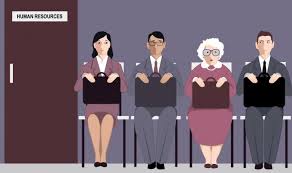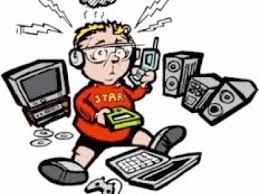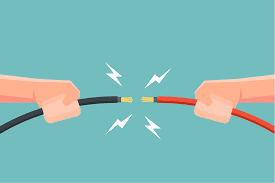4 ways this technology can help improve your life.
Betting that AI could lighten the clinician load.
Home Instead goal: Applying technology to make home care more efficient.
Mountain Empire serves about 3,000 people in Appalachia providing meals, transportation and personal care.
Five main obstacles that could hinder the responsible adoption of AI-based technologies and propose strategies to address them.

 October was a long and extravagant month for the tech market. Between trade events, including the
October was a long and extravagant month for the tech market. Between trade events, including the  How much time do we spend setting up our ‘smart’ phones? Every few years, I change phones. In the past, Android-to-Android, I wasted at least a full day customizing all the ‘improved’ features the way they were on the previous phone, setting up home screens, eliminating bloatware, and downloading apps that did not properly convert. This time, it took me most of 2 weekend days to set up an iPhone to join family photo sharing. The access to photos – that was one of the good parts. Otherwise, it was maddening and sent me out to forums again and again. I learned about the also-constant bug-fix upgrades, email addresses masquerading as Apple IDs (don’t get me started) and other apparently arbitrary design decisions whined about online. And then there was the stylistic non-charm of repositioning jiggling apps icons. But yay, now I see shared photos and learned how to
How much time do we spend setting up our ‘smart’ phones? Every few years, I change phones. In the past, Android-to-Android, I wasted at least a full day customizing all the ‘improved’ features the way they were on the previous phone, setting up home screens, eliminating bloatware, and downloading apps that did not properly convert. This time, it took me most of 2 weekend days to set up an iPhone to join family photo sharing. The access to photos – that was one of the good parts. Otherwise, it was maddening and sent me out to forums again and again. I learned about the also-constant bug-fix upgrades, email addresses masquerading as Apple IDs (don’t get me started) and other apparently arbitrary design decisions whined about online. And then there was the stylistic non-charm of repositioning jiggling apps icons. But yay, now I see shared photos and learned how to  Hearing aids should appeal to those with significant hearing loss. It’s a given that hearing loss interferes with communication – which itself is a
Hearing aids should appeal to those with significant hearing loss. It’s a given that hearing loss interferes with communication – which itself is a  Getty images show advertising’s ageist stereotypes. A new report from AARP this week zeros in on something we all knew:
Getty images show advertising’s ageist stereotypes. A new report from AARP this week zeros in on something we all knew:  MIT Technology Review’s "Old Age is Over" is thought provoking. Or in the case of the technology section – "
MIT Technology Review’s "Old Age is Over" is thought provoking. Or in the case of the technology section – " Here’s a test. Can you look at a
Here’s a test. Can you look at a  In 2019, Tech adoption changes -- some. It’s known as the
In 2019, Tech adoption changes -- some. It’s known as the  What does it mean when offerings and consumers aren’t aligned? For older consumers and their families, the technology market and senior housing industry are two cases in point. Consider
What does it mean when offerings and consumers aren’t aligned? For older consumers and their families, the technology market and senior housing industry are two cases in point. Consider